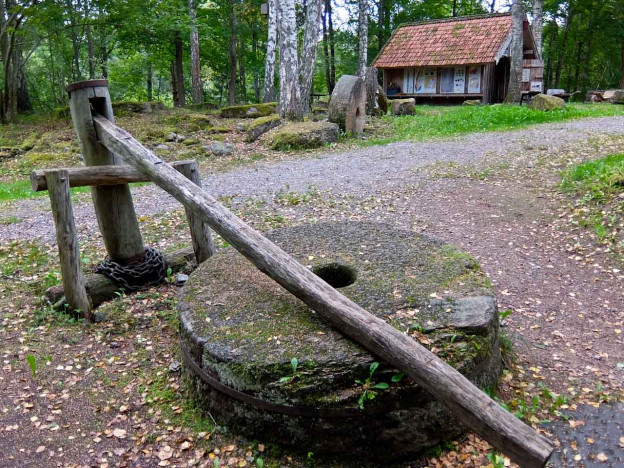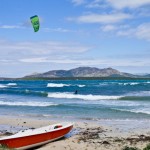Rupert Parker tackles two iconic long-distance hikes in his guide to walking West Sweden
Hiking trails criss-cross West Sweden and all are easily accessible by rail from Gothenburg. This land of lakes and forests, with low hills and deep rivers, is ideal for gentle walking. Some paths require multi-day expeditions but, using the train, it’s possible to pick and choose different stages. In this guide to walking West Sweden I’m going to be sampling both the Gotaleden Trail and the Biosphere Trail, in Sweden’s first UNESCO Geopark.
The Gotaleden is an easy walk where you can have coffee, eat and stay comfortably in several places. The trail is bi-directional and you can reach the different stages from commuter stations along the route. The trail passes some smaller towns but runs mainly through forest and unspoilt nature.
This complete trail, from Gothenburg to Alingsås is 71km long and is divided into nine stages. It follows forest paths and country roads and takes between three to four days to complete. Stage 5 of the Gotaleden follows the Säveån River from Lerum to Floda along a magical valley with lush deciduous forest on either side.
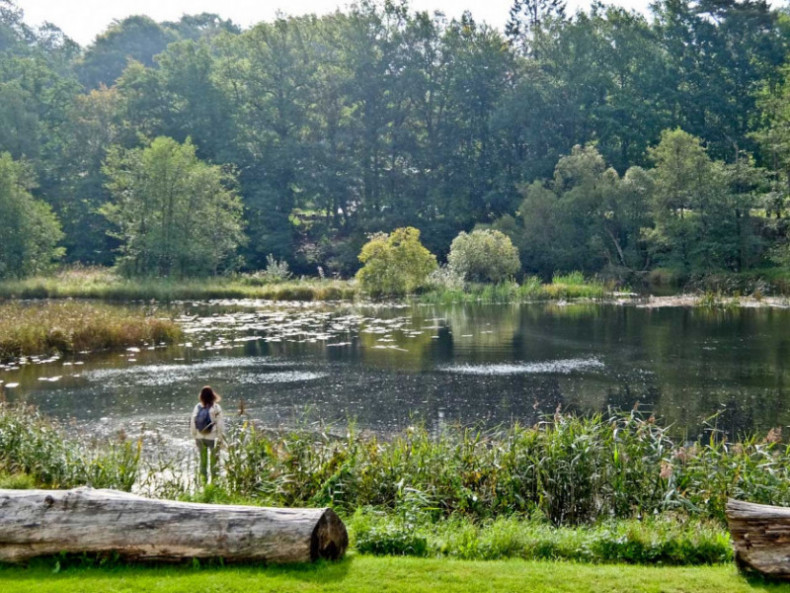
I take a 25-minute train ride from Gothenburg to the station at Lerum and immediately start following the river. Later I enter the Säveån nature reserve, the silence only disturbed by birdsong. The trees are home to Streamers and Kingfishers while the river contains the unique Säveå salmon with beavers on its banks. There’s even the chance of a moose sighting, although I’m not that lucky.
A good place to stop, around halfway, is Hillefors Grynkvarn, a restored oat mill, which is now also a museum. It’s the only one of its kind in the world which is still operational. It comprises the mill, wooden chute and turbine house, as well as a water-driven saw and electricity generator. There is also a bone crusher, a smithy and a washhouse.
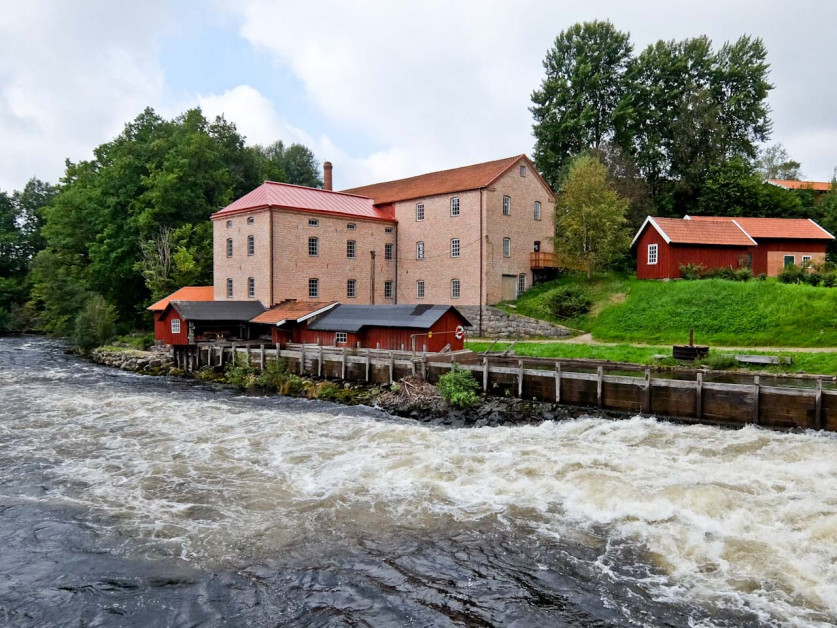
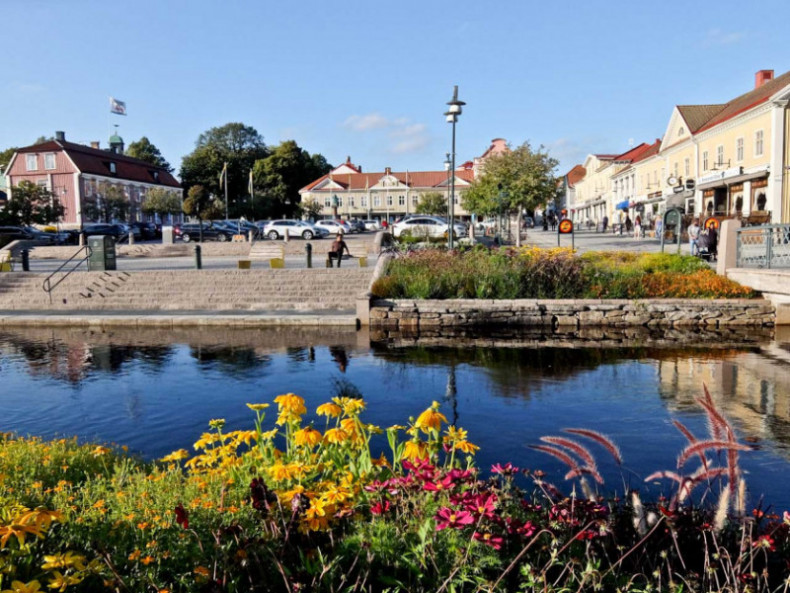
At Floda I take the train to Jonsered where Poppels Bryggeri offers a range of organic beers and excellent food. From here it’s another short rail hop to Alingsås, a pretty wooden town on the banks of the Lillån River. It’s also the capital of Fika, the Swedish cultural tradition of coffee and cakes, and its narrow cobbled streets have a patisserie or bakery on every corner. There are about thirty cafes, the oldest of which dates back to the end of the 1800s.
Next in my guide to walking West Sweden, I’m going to be tackling a stage of the Biosphere Trail which runs between Mariestad and Läckö Castle for 140km. hugging Lake Vänern’s southern shore. The trail runs through varied landscape with tiny islands, charming towns, and magical forests along the way. The Kinnekullebanan, voted Sweden’s most beautiful rail journey, provides easy access.
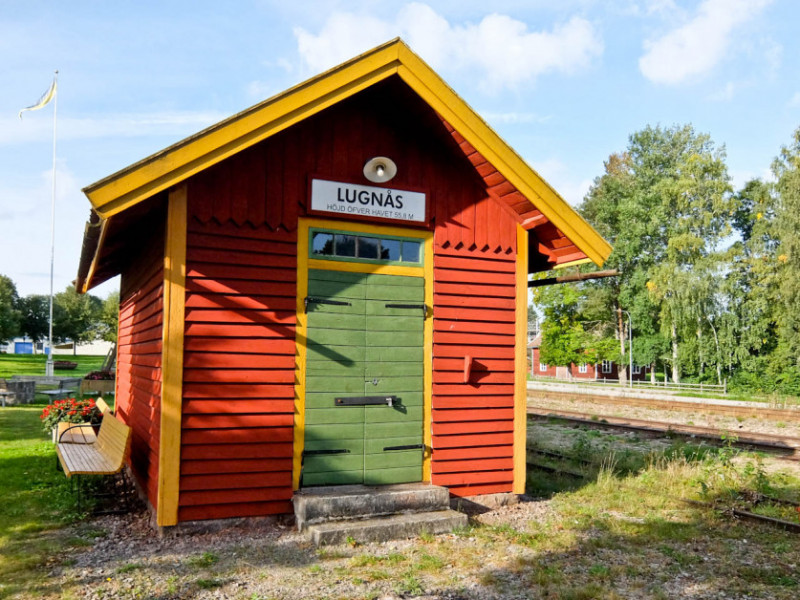
From Alingsås, a two-hour train ride takes me northeast to Lugnås, a small hamlet, on the Biosphere Trail. I leave my luggage at the pleasant Lugnåsberget Ekohotell where I’ll be spending the night. It’s then a short walk to Qvarnstensgruvan to visit the old mine where they extracted millstones for 800 years. You can see several opencast mines but the thrill is to explore the underground galleries. There’s also a small museum and café.
Next day, it’s a short rail trip to Hällekis Station where I’ll follow Stage 5 of the Trail to Trolmen, around 13km. The walk starts alongside the shores of Lake Vänern and then turns upwards to the mountain plateau of Kinnekulle. After 3.5km the beautiful gardens of the manor house Hellekis Säteri come into view where I have lunch. It’s then a gentle climb to Stora Stenbrottet, or Grand Canyon, a stone quarry 40m deep, filled with water.
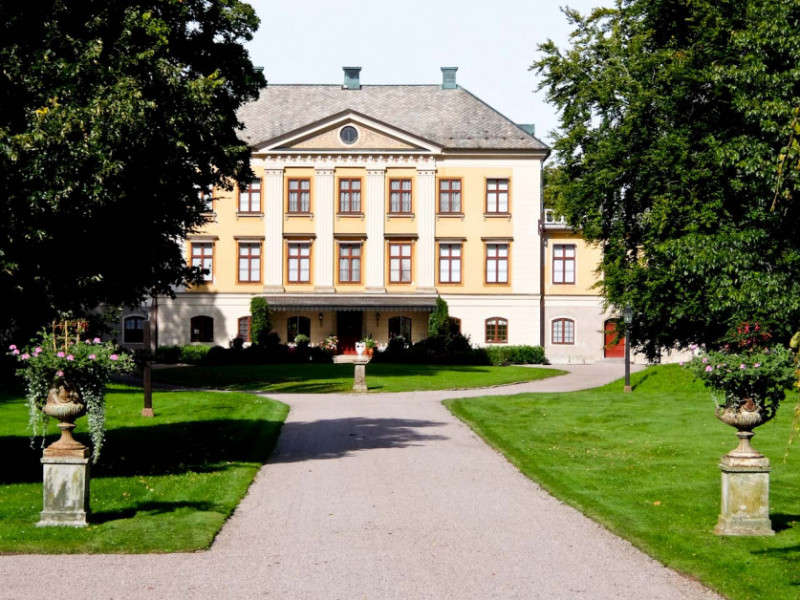
From here I pass through the Gröne Skog nature reserve, with its distinctive rock formations before dropping down to the lake at Råbäcks Harbour. Here the quarried stone was transported by boat, but now all is quiet. It’s a beautiful spot and the final stretch follows the shore before turning inland to Trolmen station. The waiting room houses the world’s smallest library just in case your train is delayed.
My final stop is Lidköping, the largest town on the Biosphere Trail. In the past it was famous for its porcelain and the Rörstrand Museum has a collection spanning three centuries. Highlights include Chinese inspired 18th century blue and white faience, the romantic dinner services of the 19th century and 20th century Art Nouveau. In the café I enjoy coffee and cakes served on genuine Rörstrand porcelain.
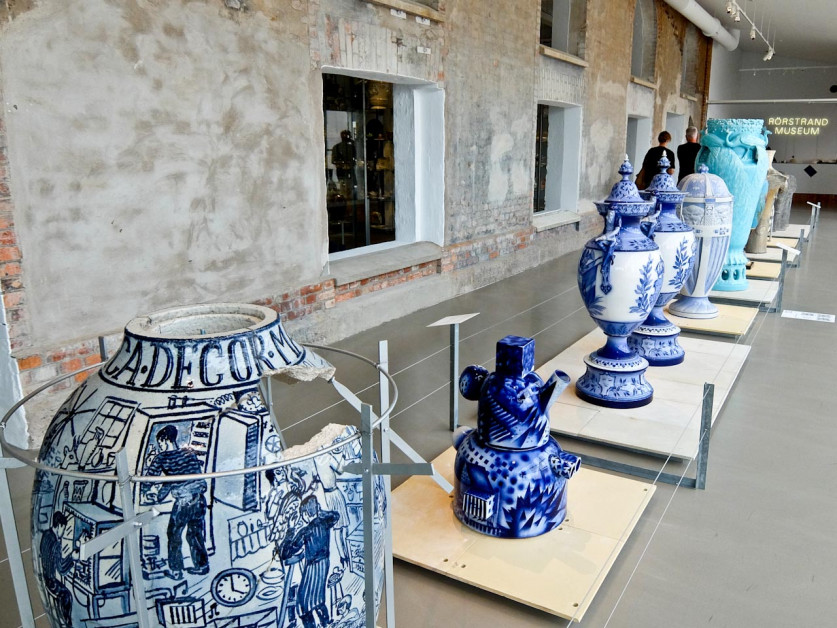
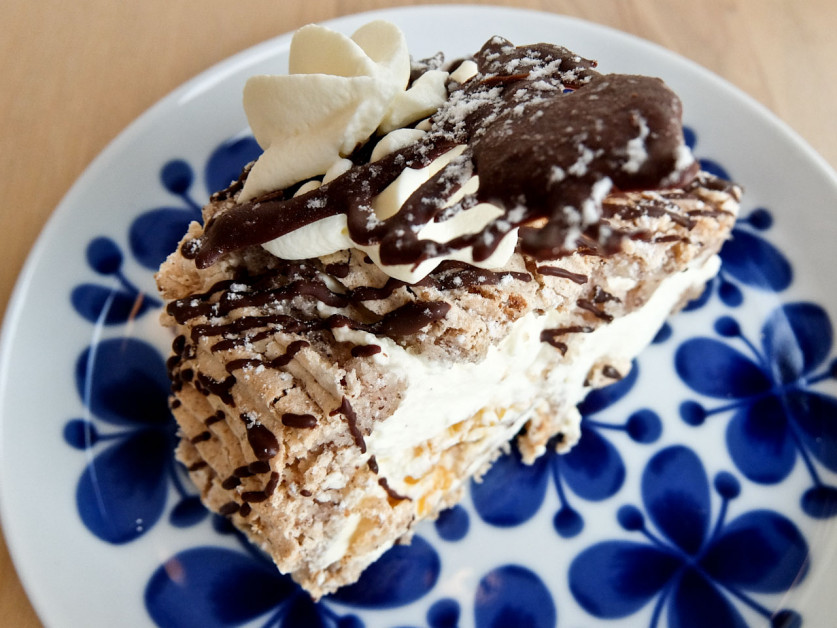
To catch the plane, it’s a two-hour rail journey back to Gothenburg, the capital of West Sweden on the coast. Its rich maritime heritage is evident in the cobblestone streets of Haga, the Old Town, and the Feskekörka, or “Fish Church,” the neo-Gothic fish market. Not only does the city make an ideal base for exploring the rich countryside of West Sweden but it’s also a destination in itself.
Tell Me More About this Guide To Walking West Sweden
Visit Sweden has information about the country and this guide to walking West Sweden
West Sweden has information about the region and this guide to walking West Sweden.
West Sweden supports sustainable tourism.
British Airways flies direct from London Heathrow to Gothenburg.
Hotell Royal is a comfortable base in the centre of Gothenburg.
Poppels Brewery has a café where you can enjoy their food and drink.
Grand Hotel Alingsås is near the station and has an excellent restaurant.
Lugnåsberget Ekohotell is on the Biosphere Trail in a beautiful rural setting.
Trädgårdscafè at Hellekis Kök serves good food in a beautiful setting.
Lidkoping Stadshotellet is near the station and is full of atmosphere.
Mellbygatans Restaurang in Lidkoping serves local seasonal dishes.
.

